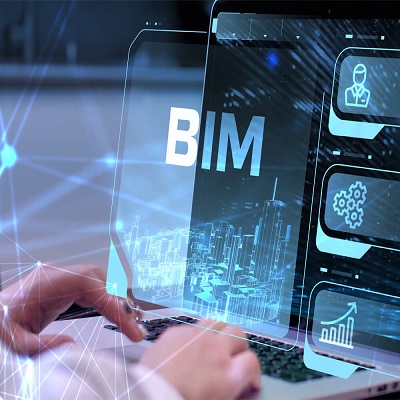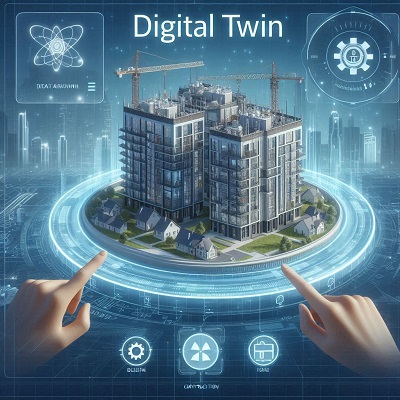Building Information Modeling (BIM): Digital

Building Information Modeling (BIM): Digital Revolution in Construction
Introduction
Building Information Modeling (BIM) is transforming the construction industry by enabling digital representation of a building’s physical and functional characteristics. BIM allows architects, engineers, and contractors to collaborate more efficiently across the building lifecycle—from design to demolition. According to Autodesk, BIM adoption can reduce project costs by up to 20% and improve coordination by 30%.
Core Features of BIM
3D Modeling – Visual representation of structures for better spatial understanding.
2. Information Rich – Embeds data about materials, dimensions, energy usage, and more.
3. Multi-discipline Collaboration – Real-time updates between architects, MEP, and structural teams.
4. Clash Detection – Identifies conflicts before construction begins, reducing errors.
5. Lifecycle Management – Used in facility management, retrofitting, and future expansion.
Applications
BIM is used in residential complexes, hospitals, transportation hubs, industrial plants, and smart cities. It streamlines permitting, improves stakeholder communication, and reduces rework by simulating real-world scenarios in digital environments.
Benefits
Reduces construction errors and delays.
• Enhances project visualization and stakeholder engagement.
• Optimizes scheduling and cost estimation.
• Supports green building certification through energy analysis.
• Improves safety by detecting hazards early in design.
Scientific Insights
A report from McGraw Hill Construction shows that BIM-enabled projects experience 40% fewer cost overruns and 80% higher client satisfaction rates. Studies also confirm that BIM contributes to carbon footprint reduction through better material management and energy analysis.
Challenges
High initial software and training costs.
• Resistance to technology change in traditional firms.
• Need for skilled personnel and data standardization.
• Interoperability issues among different software platforms.
Conclusion
BIM is not just a tool but a digital ecosystem that redefines how buildings are planned, constructed, and maintained. As global construction shifts toward smart, sustainable, and efficient systems, BIM stands as a cornerstone for future-ready infrastructure.
References
Autodesk (2022). BIM and the Future of Construction.
2. McGraw Hill Construction (2020). The Business Value of BIM in Global Markets.
3. National BIM Standard – USA (NBIMS-US).





